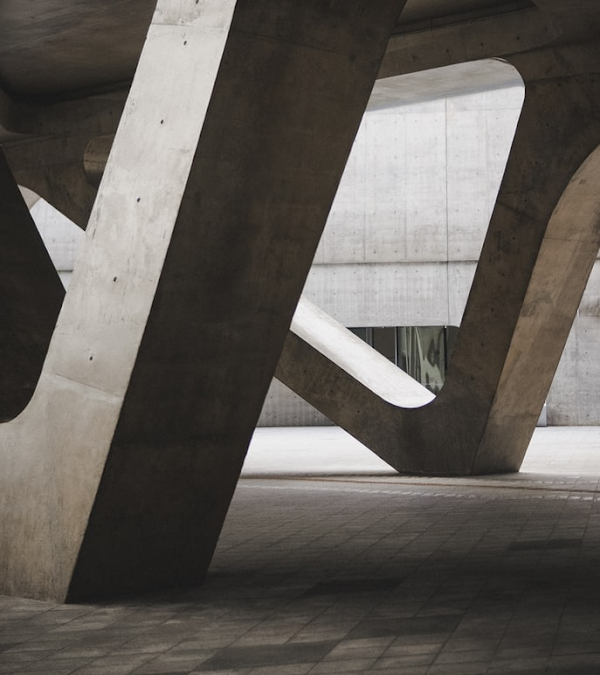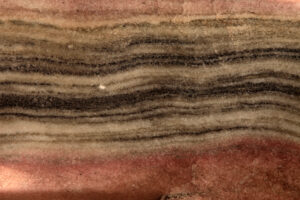How to Select the Right Concrete

Reasons Why You Should Have a High-Quality Outdoor Living Space
March 24, 2022
Are Exposed Aggregate Concrete Driveways Right For Me?
May 17, 2022Concrete is the most widely used ingredient for construction projects worldwide, not just in Australia. That is why it is critical to pay close attention to selecting the highest quality material to ensure your future structure is built to last. In this article, we will assist you with selecting the right concrete for your next project!
What is Concrete?
Before we give you a definition of concrete, you first need to have an understanding of what cement is. Cement is composed of a combination of clay and limestone. It is made by burning this combination in a rotary kiln and then grinding it to a fine industrial powder. When combined with water, cement forms a paste that binds coarse and fine aggregates to make concrete or mortar.
Concrete surfaces have a plethora of advantages for homeowners, including cost-effectiveness, durability, resilience, and non-flammability. Due to these advantages, they are the ideal material for patios, parking lots, and roads. Below are the different concrete types and their descriptions that will help you decide which to use for your next project.
- Exposed Aggregate
Exposed aggregate concrete is identical to a polished piece of granite or marble. This is a mundane, unimpressive surface that has been removed to unearth a wonderful decorative coarse aggregate beneath. It is both aesthetically pleasing and slip-resistant, making it a safe surface for your children. In the case of concrete, this beauty is achieved by using decorative aggregate, which can be natural or artificial. It’s ideal for pool decks, walkways and patios.
Furthermore, exposed aggregate is also a good option for those who want the most bang for their buck in terms of décor. These finishes need fewer materials and tools than other types of finishes, allowing you to produce stunning results for less money. Overall, this low-cost solution has the potential to last for a very long time due to its ease of upkeep and customizability. If you are looking for the best concrete for outdoor areas such as gardens, pool surrounds, driveways, backyards, patios, and walkways, Fluid Limestone provides the highest quality exposed aggregate company in Perth.
- Honed Aggregate
Honed aggregate is technically another type of exposed aggregate. It is grinding an exposed aggregate area down to the desired finish. Moreover, the sharpening is done with a machine that uses diamond tools. The only difference between the honed mix and exposed aggregate has to be at a higher strength to be ground down. Since the materials are the same, you will have the same huge variety of aggregate blends that you would with exposed aggregate.
Another distinction between honed and exposed aggregate is that honed aggregate has been mechanically ground down, resulting in a far smoother finish than exposed aggregate. This smooth finish imparts a contemporary feel to the places where it is utilised and keeps your surfaces accident-proof, which is ideal if you have children running around your home. Honed aggregate is a highly versatile material.
- Polished Aggregate
Meanwhile, polished concrete flooring exudes the image of luxury. Like honed aggregate, this is a form of exposed aggregate. One of the top benefits of polished concrete floors is the large variety of possible treatments. This finish is made using crushed quartz, marble, or granite that has been finely pulverised. Repeated applications result in polished aggregate. As a result, the finish is smoothed out, allowing the plaster to shine. Generally, polished aggregate is distinguished from exposed aggregate because the portion of the aggregate that extends above the concrete is relatively smaller.
The first step to getting the polished look is cutting for a smoother appearance, which means using solid tools to grind away irregularities and level the floor’s surface. The number of cutting steps needed depends on the finish you want and how well the concrete mix and pour went. Moreover, some of the concrete’s stone aggregate might be shown during this stage. The last phase uses diamond tools that aren’t as abrasive and gradually make the concrete surface more reflective. The level of polish you desire determines the number of polishing steps required.
- Polished Concrete Overlay
Due to their simplicity of upkeep and stunning high-gloss surface, polished concrete floors are emerging as the new decorative flooring superstars, particularly in high-profile retail and commercial settings. While most existing concrete slabs can be glossy, some have substantial faults such as spalled sections, carpet tack holes, and extensive patchwork that would remain visible after polishing.
Fortunately, a polished concrete overlay can provide a remedy. An overlay could be the solution if your floor is polished yet still has imperfections you do not like. Additionally, polished overlays can quickly conceal floor imperfections and provide a seamless surface. Furthermore, existing polished floors are limited in terms of decorative alternatives to topical colour application.
- Liquid Limestone
Liquid limestone is a mix of crushed limestone and cement that is poured into a single block. While preparing the mixture, a plasticiser is added to reduce the amount of water required for pouring. Since liquid limestone is stronger than concrete, it will last for years, which helps you save money due to its low maintenance.
Moreover, liquid limestone provides a long-lasting landscaping solution. This procedure renders it impervious to common outside issues such as anthills, molehills, and tree roots. It is regarded as an excellent substitute for those seeking a more traditional appearance for their home.
Final Thoughts
Before deciding on the type of concrete finish to apply to your home, you must first determine which best suits your taste. The sheer variety of ways in which concrete may be used as a finishing material demonstrates its adaptability. It will improve how your humble abode looks for future generations to appreciate them as well. It’s perhaps reasonable to argue that the only thing holding you back when it comes to concrete is your creativity!





